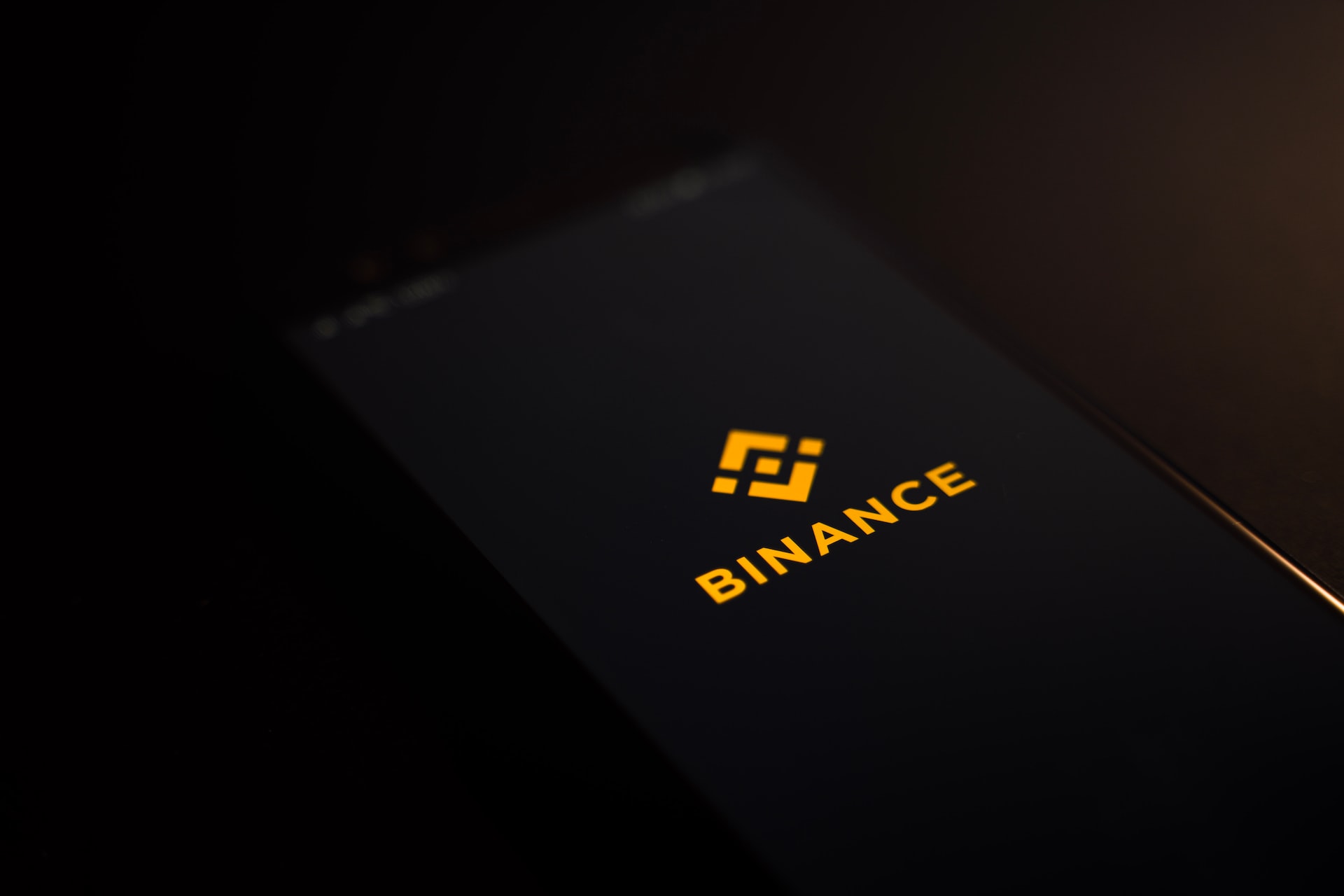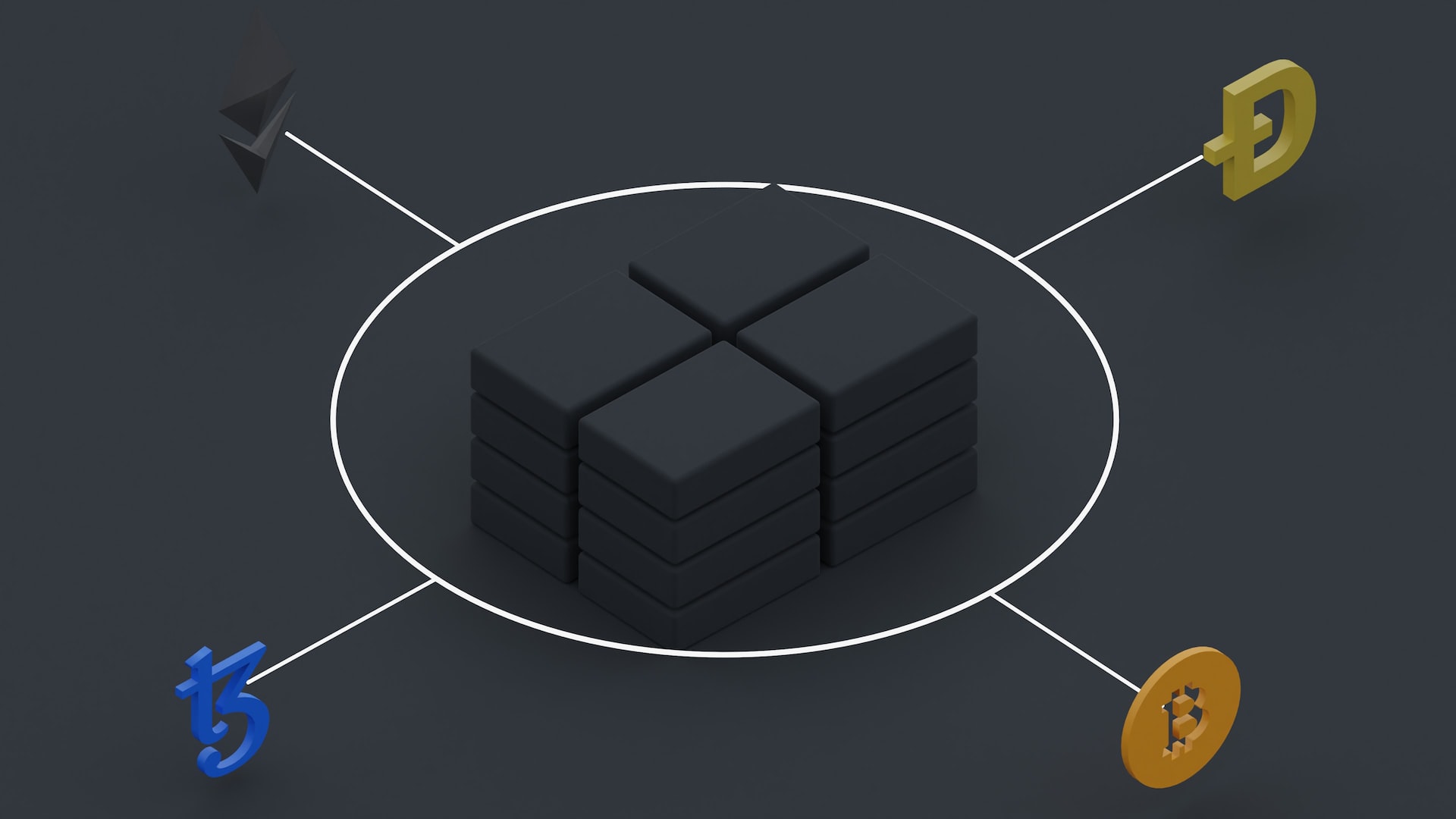A Beginners Guide to Centralized DeFi

Decentralized finance (DeFi) has grown in popularity to become a billion-dollar market that’s giving users the same financial products as in traditional finance (TradFi), plus earning additional opportunities. These are liquidity provider fees or governance tokens earned through yield farming. However, the lack of regulation in DeFi has raised a lot of concerns about criminals using protocols to launder money and finance illegal activities. This is where CeDeFi comes in.
Read on to learn what CeDeFi is and how it compares to DeFi and CeFi.
What is CeDeFi?
CeDeFi stands for centralized decentralized finance, a term referring to a financial system that merges the features and benefits of CeFi and DeFi.
Hence, CeDeFi offers the DeFi products like yield farming, lending, borrowing, liquidity staking, and token swapping, which are available on DeFi protocols while being compliant in terms of regulations.
CeDeFi addresses the lack of regulation in the crypto space. It does this by complying with the regulations that help law enforcement agencies identify potential criminals in a more straightforward way.
CeDeFi is also characterized by centralized entities that use similar governance structures known from the traditional financial sector. Nonetheless, it embraces the efficiency of decentralized finance, thereby reducing costs.
The Role of Binance in the Creation of CeDeFi

One of the largest centralized crypto exchanges, Binance, launched its own blockchain in April 2018. The goal was to create a network with high throughput and able to process many transactions per second. The blockchain was named Binance Chain (later rebranded to BNB Beacon Chain).
The network used the Tendermint consensus model and focused on a primary app, the Binance DEX, rather than on multiple applications. However, DeFi was thriving on Ethereum, and the Binance DEX wasn’t making much traction. As a result, Binance realized that it needed a blockchain that supported smart contracts and allowed other developers to build decentralized applications (DApps) if this chain was to compete with Ethereum.
So, Binance forked the Ethereum Go client (Geth), creating Binance Smart Chain in September 2020 (now referred to as BNB Smart Chain). The new blockchain ran parallel to the BNB Beacon Chain and supported smart contracts. Moreover, it had a different consensus mechanism, block time, and gas limit per block than Ethereum.
The BNB Smart Chain compromised decentralization to attain scalability and, with it, high transaction throughput. It adopted the Proof-of-Staked-Authority (PoSA) consensus model. This consensus mechanism doesn’t simply allow anyone to start validating transactions on the network because certain restrictions have been put in place.
The BNB Smart Chain only allows the top 21 active validators ranked by the number of BNB they’ve staked to take turns confirming blocks. Validators don’t earn a block reward. Therefore, the limited number of validators makes BNB Smart Chain a more centralized blockchain network and, subsequently, a good example of CeDeFi.
That said, Binance is planning on improving decentralization and censorship resistance through BEP131, a network upgrade that will increase the number of validators from 21 to 41.
DeFi vs. CeFi vs. CeDeFi – A Comparison

| Criteria | DeFi | CeFi | CeDeFi |
| Know your customer (KYC) | There are no KYC requirements | KYC is required | KYC is needed |
| Custody | Non-custodial, which means users hold their private keys | Custodial, which means the platform holds the private keys | CeDeFi protocols are non-custodial |
| Governance | Decentralized since there’s no central authority | Centralized | Centralized |
| Regulatory Compliance | Doesn’t comply with regulations | Complies with the regulations of the country, where the platform is located | CeDeFi platforms are regulatory-compliant with the laws of the jurisdictions in which they operate |
| Intermediaries | Smart contracts replace intermediaries | Third parties are involved | Intermediaries interacting with smart contracts |
| Security | Smart contract bugs could be exploited | Platforms are susceptible to security breaches | The exploitation of smart contract bugs is possible |
CeFi
Centralized finance (CeFi) refers to platforms that offer crypto products and services but maintain a traditional finance governance structure. The entities behind such platforms make decisions behind closed doors without involving their customers. Users also have to follow the rules administrated by CeFi platforms.
The service providers under this financial model offer users hot wallets for storing their crypto assets. However, they are in control of their user’s assets since they hold the private keys to the crypto assets. This explains why centralized crypto exchanges can suspend digital asset withdrawals, and users can do nothing but wait for the suspension to be lifted.
CeFi platforms comply with the regulations of the jurisdictions where they are located. The common compliance requirements include KYC, anti-money laundering (AML), and combating the financing of terrorism (CFT).
DeFi
Decentralized finance (DeFi) is a financial system that seeks to remove the control CeFi platforms have over crypto users. Hence, they give users the freedom to control their own wallets and the digital assets they hold.
DeFi protocols fully run on code, which means no regulatory compliance is necessary, and users interact with smart contracts to access financial products like lending, borrowing, trading, yield farming, liquidity staking, and token transfers from one network to another via bridges (which are still predominantly centralized, though). DeFi is also more accessible since users don’t have to complete KYC, AML, and CFT requirements. All they have to do is connect a wallet to use a DeFi protocol without providing personally identifiable information.
CeDeFi
CeDeFi protocols use smart contracts, just like DeFi, thereby offering clients DeFi services. However, most CeDeFi platforms remain in control of user funds in one way or another. Some CeDeFi companies allow users to interact with them in a non-custodial manner, though.
At the same time, CeDeFi platforms are typically regulatory compliant, and itheir governance model is centralized. As a result, it combines the non-custodial nature of DeFi provides with the compliance found in CeFi.
CeDeFi platforms may lean more towards centralization than decentralization. Besides Binance, Unizen, CoinZoom Nexo, Bybit, and Midas Investments are examples of CeDeFi platforms.
Advantages of CeDeFi
- Regulatory compliance: CeDeFi platforms generally abide by KYC, AML, and CFT regulations.
- No intermediaries: Users interact with smart contracts instead of intermediaries.
- Lower costs: The costs of involving intermediaries are removed hence lowering overall costs.
- Institutional crypto adoption: CeDeFi may promote institutional crypto adoption due to the inclusion of regulatory compliance.
- Enhanced asset control: Some CeDeFi models allow users to have more control over their digital assets than CeFi users because their wallets are non-custodial.
- Faster transaction speeds: CeDeFi platforms are likely to choose scalability over decentralization. That means they will offer faster transactions per second.
Drawbacks of CeDeFi
- It’s relatively new: CeDeFi platforms are relatively new and few. Their success is also unproven.
- Beginners may find DeFi products difficult to use: DeFi products aren’t easy to understand and may demand initial research from crypto beginners.
- Centralization could increase the risk of attacks: Highly decentralized blockchain networks are likely to be more secure than their centralized counterparts. For example, BNB Smart Chain suffered an attack in October where millions of dollars were stolen. Also, several projects built on the BNB Smart Chain were attacked in 2021.
Is CeDeFi the Future of DeFi?
No. Most probably not.
As more CeDeFi service providers emerge, the DeFi sector will not cease to exist since it offers benefits that can be offered by neither from CeFi nor CeDeFi. For instance, the lack of KYC requirements in DeFi increases the level of privacy for users. This is a merit that cannot be overlooked because privacy is becoming increasingly significant for users in the digital space.
Moreover, users can access financial products easier via DeFi protocols, as KYC isn’t required. This is called permissionlessness and enables de facto anyone to take part.
The security issues that come with trading off decentralization may limit the growth of CeDeFi in the long run. Also, scalability issues may fade away as blockchain technology evolves over the years. Hence, trading off decentralization to gain scalability will no longer be necessary. That could mean a middle financial system mediating between CeFi and DeFi will no longer be essential.
As far as investor protection is concerned, most future DeFi protocols may implement insurance policies to safeguard users in case of theft. These future protocols may also have solutions to criminal activities without the need to involve regulators.


